Summer is tapering off at the time of writing, and although the weather is still nice, us gardeners know that it’s better to start thinking about winter prep sooner rather than later. In cooler zones (USDA 4-5 in my case), that includes overwintering potted plants. How do you do it? Should they be outdoors or indoors, and which plants overwinter well anyway? Let’s find out
Jump to: Blueberries | Strawberries | Citrus | Semi-hardy herbs | Tomatoes |Hibiscus
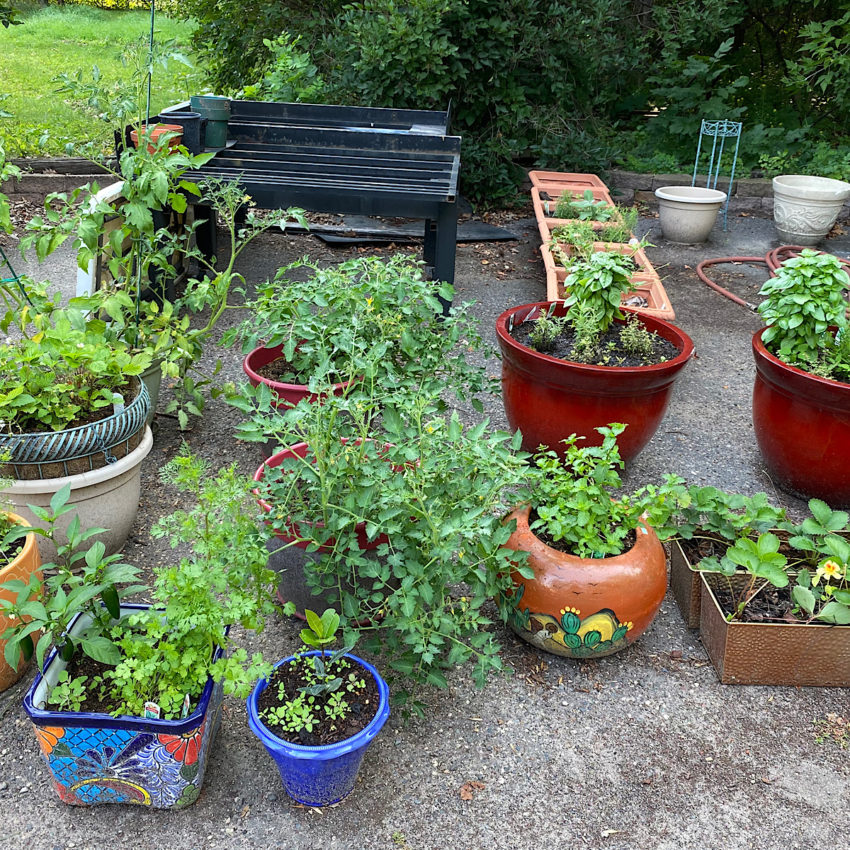
This post may contain affiliate links, and you can read our disclosure information here–
The Basics of Overwintering Potted Plants
Oh, to live in a toasty climate where all plants can stay on your balcony, deck or in the garden year-round! For those of us who can’t count on that luxury, knowing how to overwinter those potted plants you started in Spring is essential to being able to enjoy our prized perennials year after year.
It’s just one of the downsides of having plants in containers: their roots aren’t as well-protected as those growing in soil, and some planter materials, like terracotta, can even burst when exposed to frost.
This especially applies to shrubby edible species that take a while to grow to a good size, like blueberry bushes, citrus trees or bay. Losing these to the cold is just a shame, and unneccesary too!
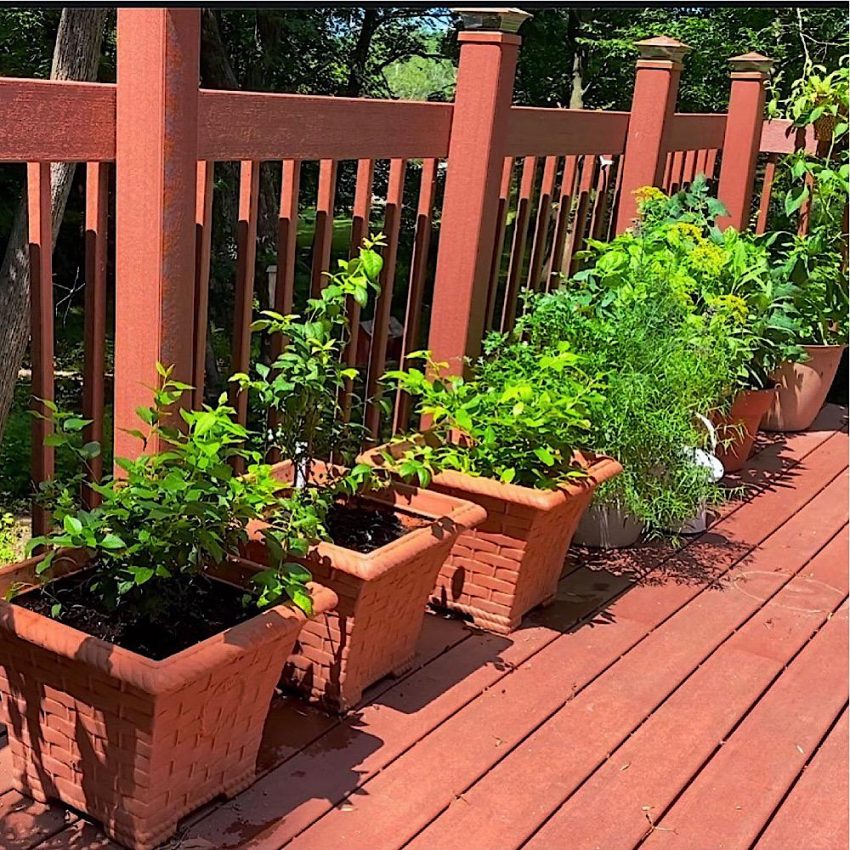
Indoors or outdoors?
So, how should you go about overwintering potted plants? First of all, it’s a good idea to be aware of your USDA Hardiness Zone, as well as the zones your plants are rated for. This will help you decide whether they can overwinter indoors or outdoors.
For potted plants, it’s often recommended to go two zones colder since they’re more vulnerable.
Example: I’m in Zone 4-5. I would leave potted plants rated for Zones 2-3 or even cooler outdoors during winter, albeit with some extra protection. Anything rated for zones above 3 would go indoors, since it might perish from the cold otherwise. It’s not an exact science, but it makes for a good rule of thumb.
**Pro Tip: Don’t forget that some plant species just don’t overwinter very well. Tomatoes are a good example: they often simply don’t survive the move indoors and it’s better to just start new ones the following year.
When to start?
When should you spring into action to protect your potted plants? It’s a good idea to keep a close eye on weather conditions once Fall sets in.
Around 1-2 weeks before the first frost is expected, you can begin to put measures into place, at least for the more tender plants that really don’t like the cold. They will likely already have gone (partly) dormant at this point.
Some hardier plants might be fine until things get really chilly, but I do personally like being prepared. The weather can totally catch you off guard in some areas, after all!
Overwintering Outdoors
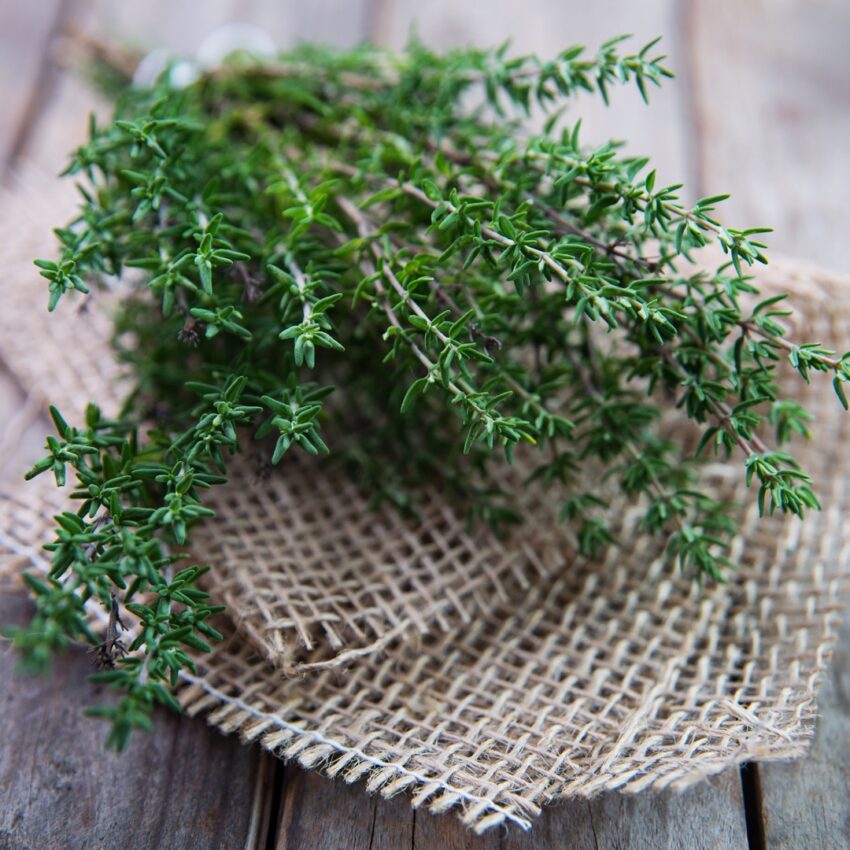
For potted plants that will be staying outdoors, there are various things you can do to make sure their roots don’t die off from the cold.
First of all, stop your fertilizer regimen. As mentioned, many plants have evolved to go dormant during the cold months to protect themselves, so plant food will do more harm than good at this point. They’ll also often need less water, especially once frost has set in. Beyond that, do make sure you don’t let the soil go bone dry.
If the containers are in an exposed location like a balcony or a deck, it’s best to move them. Pick a location next to a more sheltered wall to offer some protection from being soaked by rain or battered by harsh winter winds.
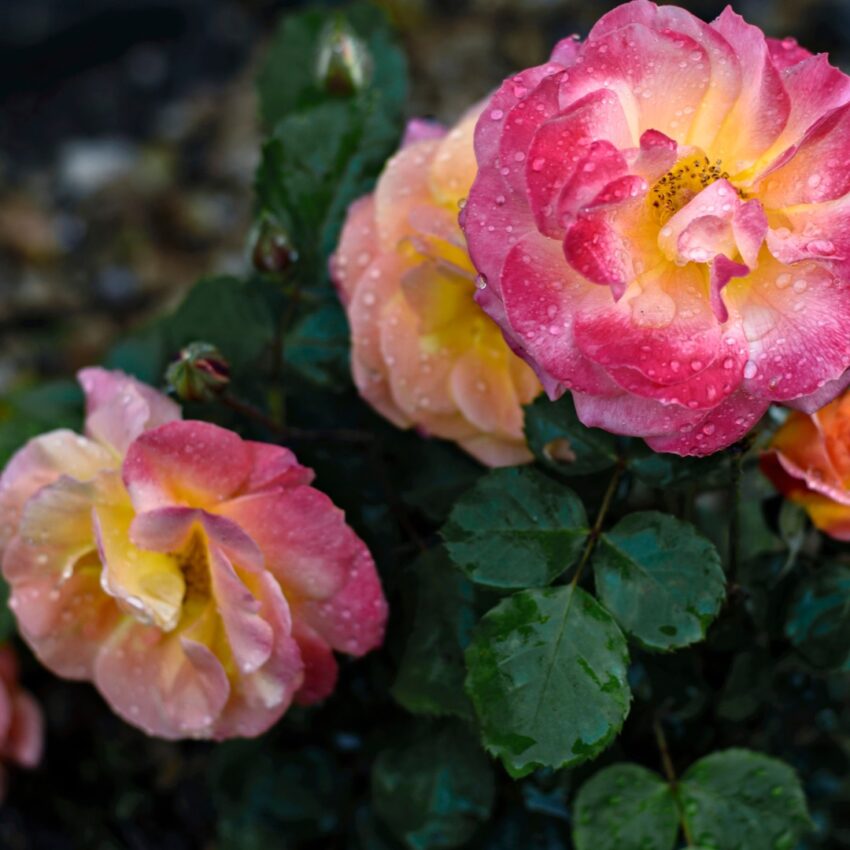
Other measures you can consider include:
- Wrapping pots in (bubble) plastic for insulation. It gives a little extra protection.
- Covering plants with mulch, leaves, straw or the like for insulation. You’ll need to find a way to make sure the wind doesn’t blow the covering away. Some do this by placing a chicken wire cylinder around the plant and then filling it with the insulating material.
- Covering plants entirely with a tarp. It helps moderate harsh temperature swings, which are very hard on your plants.
- Burying pots directly in the ground. Obviously not an option if you don’t have a garden, but if you do, burying the pot and spreading some mulch on top can work like a charm.
- Try an antidessicant. These sprays usually contain natural terpenes from pine trees, which form a protective coating on your plants that protects them against harmful moisture loss during Winter.
Overwintering Indoors
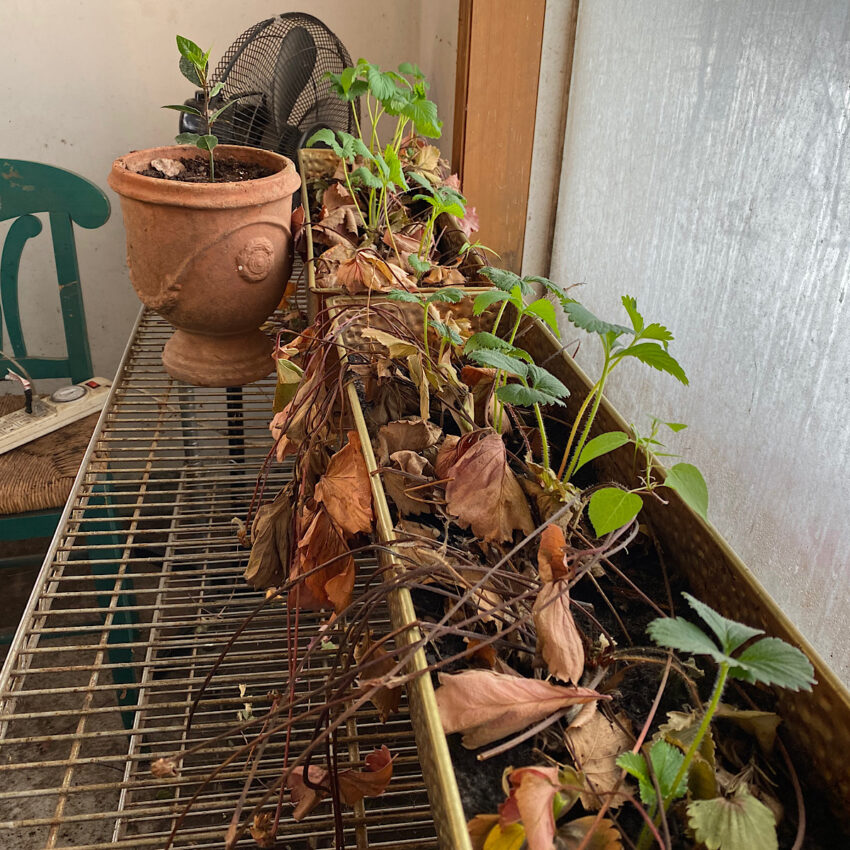
Got potted plants that are just really not going to survive a harsh winter? If you have something like an unheated garage or greenhouse at your disposal, you’re golden, especially if some light does come in.
These spots get cool enough that the plant realizes it’s Winter (which is required for certain species to flower and fruit next Spring), but not so cold that they freeze to death.
How you should treat your plant while it’s in the garage depends on whether it’s a species that goes dormant (blueberries, rosemary) or not (citrus).
Dormant plants can be kept pretty cool, dark and dry. Don’t be alarmed if they die back! Non-dormant ones like plenty of light and for their soil to stay lightly moist, since they will keep growing.
You can move the plants to your garage or similar before the real frost, and then pop them back outside once the risk has passed in Spring.
If you lack the garage option, you may still be able to overwinter some plants inside your home, but remember it doesn’t work for species that need to be exposed to some cold.
Choose a cool spot in the house that gets good light, like a hallway or sunroom. Keep watering relatively regularly, since your plants likely won’t go into full dormancy.
How to Overwinter Blueberries

Hardiness varies between different types of blueberry shrubs, so if you’d like to overwinter yours, the first step is to find out what zone it is suitable for. Remember, think 2 zones colder for potted plants!
The maximum blueberries can handle in terms of cold is Zone 3. Although your mileage may vary depending on cultivar, there are five basic “categories” of blueberries:
- Lowbush: minimum Zone 3 (so Zone 5 in a pot); a few varieties down to Zone 2.
- Half-high: minimum Zone 3 (so Zone 5 in a pot)
- Northern highbush: minimum Zone 4 (so Zone 6 in a pot); a few varieties down to Zone 3.
- Southern highbush: minimum Zone 6 (so Zone 8 in a pot); a few varieties down to Zone 5.
- Rabbiteye: minimum Zone 7 (so Zone 9 in a pot)
Based on this information, you can decide whether to overwinter your potted blueberry shrubs indoors or outdoors. Remember, blueberries need a dormancy period, so you can’t keep them in a warm place during Winter.
How to Overwinter Strawberries
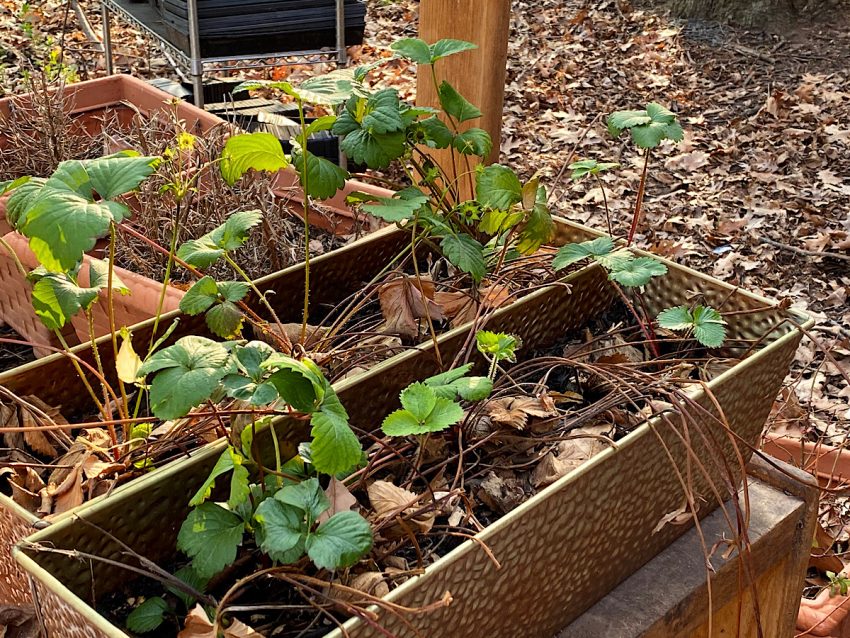
Although there are a few cultivars that can handle things down to Zone 3, strawberries mostly do well as perennials from Zone 5. This means that to keep them outdoors in containers, you’d need to be located in 7 or up.
In many cases, popping your potted strawberries into the garage for overwintering is the easiest option. They go dormant, so they won’t need much light or water, just cool temperatures until it’s safe for them to go back outside.
How to Overwinter a Potted Citrus Tree
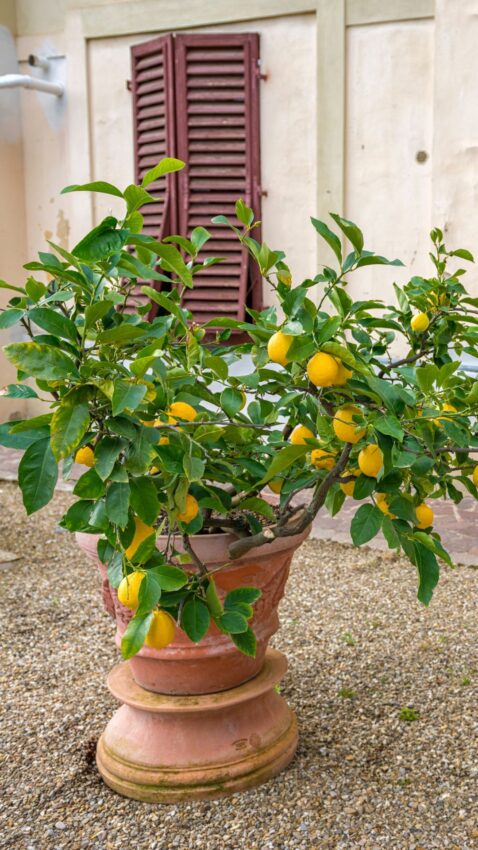
Citrus trees, like a lemon tree, are tropicals that don’t require winter dormancy. They are frost-tender and won’t do well below Zone 9 (so Zone 11 in a container), meaning that most growers will have to overwinter theirs indoors.
The great thing here is that citrus trees can actually come into your house rather than staying in the garage. Just place yours in the sunniest indoor spot you can offer, and consider running a humidifier to help it out if your home tends to get dry.
How to Overwinter Potted Rosemary & Lavender
If you like cooking with fresh herbs, you can’t miss rosemary and lavender. These shrubby species are Mediterranean in origin (although lavender naturally grows as far east as India), but their cold tolerance is not the same: rosemary will do well as a perennial in Zone 7 and up, while some lavender cultivars are fine down to 5. In containers, that would be 9 and 7, respectively.
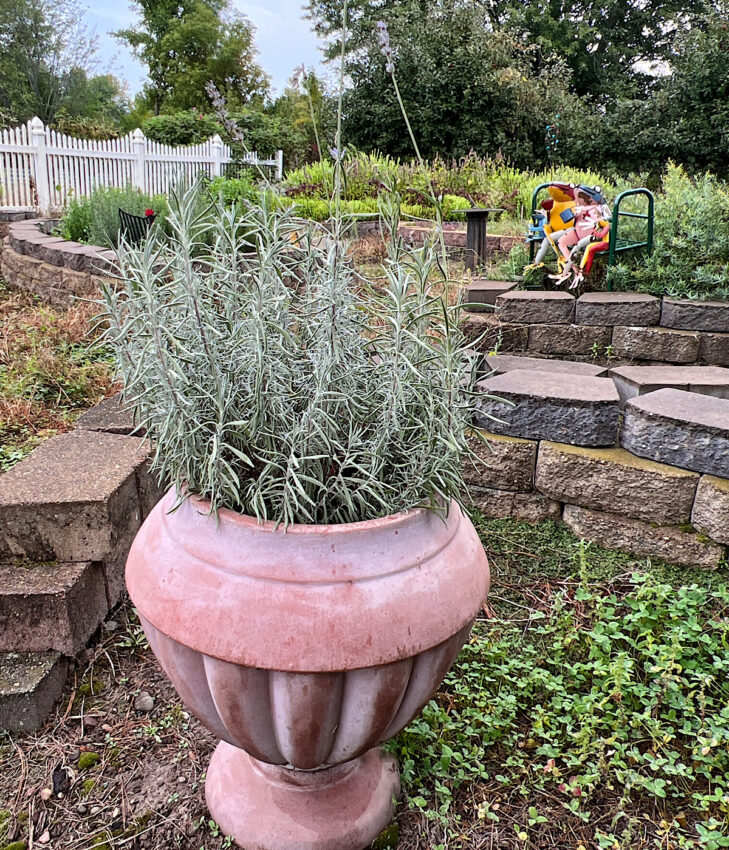
The good thing about both rosemary and lavender is that they can be overwintered indoors just fine. They don’t need to be exposed to cold, so if you’re expecting low temperatures, just bring the potted herbs that you started in Spring in and put them on a sunny windowsill. Water once the soil is almost dry.
How to Overwinter a Potted Bay Tree
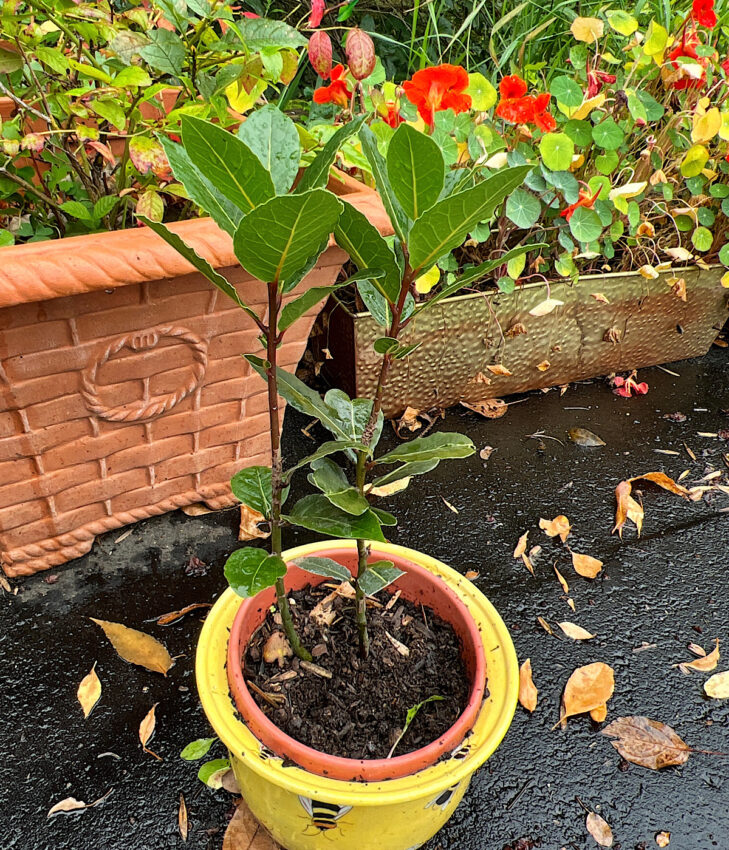
Like the herb duo discussed above, the bay tree (also known as laurel), is a Mediterranean native. It can be grown in Zones 7 or up, meaning 9 or up in a container. Luckily, this species is another great candidate for overwintering indoors.
They don’t like harsh temperature swings, so an unheated room would be ideal, but any space with good lighting can be a good winter refuge for your bay tree.
How to Overwinter Potted Tomatoes & Other Nightshades
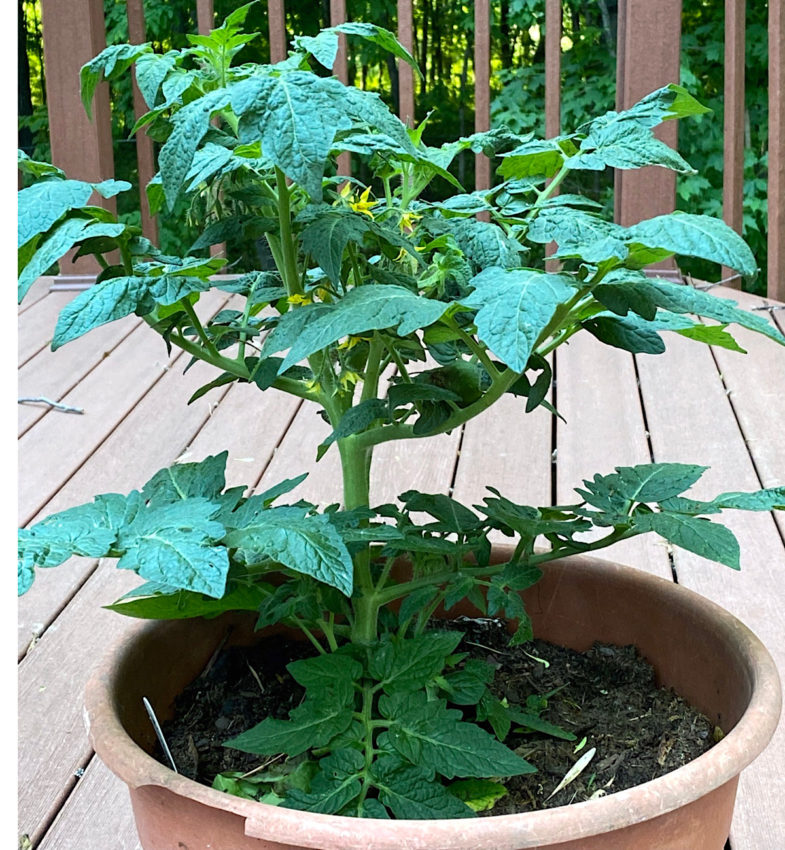
As mentioned earlier, tomatoes (as well as peppers, eggplant and other potted nightshades) aren’t considered the best candidates for overwintering. They are actually perennials, not annuals, but we usually let them die off in Winter here in the US.
Not only do temperatures get too low in much of the country, the plants also don’t like being moved indoors and would take up loads of space anyway. Some folks overwinter cuttings, but usually not the whole plant.
So, is it impossible to overwinter potted tomatoes, peppers and the like then? Nope! You can absolutely still give it a shot. Tomatoes can survive as perennials from Zone 6, meaning that you can give overwintering yours outdoors in containers a try if you’re in 8 or up. The pot-burying and mulching methods that we discussed earlier may be helpful.
If you want to overwinter your tomatoes or other nightshades indoors and have the space (or a smaller cultivar), it can be done. Remember that they need a lot of light to prevent them from slowly dying. A grow light, as well as frequent rotation, may be needed to keep yours in good shape.
Keep the soil lightly moist and continue feeding if you want the plant to keep producing. If it turns out your home is a good tomato environment, you may be able to enjoy fresh ones in the dead of winter! If it doesn’t work out, you can always try the cutting method next year.
How to Overwinter Potted Hibiscus
With how yummy homemade hibiscus tea is, and how beautiful the flowers are, the last thing you want is to kill your hibiscus bush this Winter.
When considering how to protect this plant, remember that there are two general types of hibiscus:
- Hardy hibiscus: minimum Zone 5 (so Zone 7 in a pot)
- Tropical hibiscus: minimum Zone 8 (so Zone 10 in a pot)
Do remember that there are loads of different hibiscus species, so be sure to look up the specific temperature cut-off for yours. The minimum for the most popular edible variety, Hibiscus sabdariffa, is Zone 10 in a container.
For overwintering indoors, you’ve got two options: pop your hibiscus in the garage and let it go dormant, or bring it into the home so it stays “awake” and enjoy it as a houseplant. The former is the easiest option, since it involves very little work. The latter is more decorative, but remember that your plant may drop some leaves after being moved. It’s a bit of a shock for them, after all!
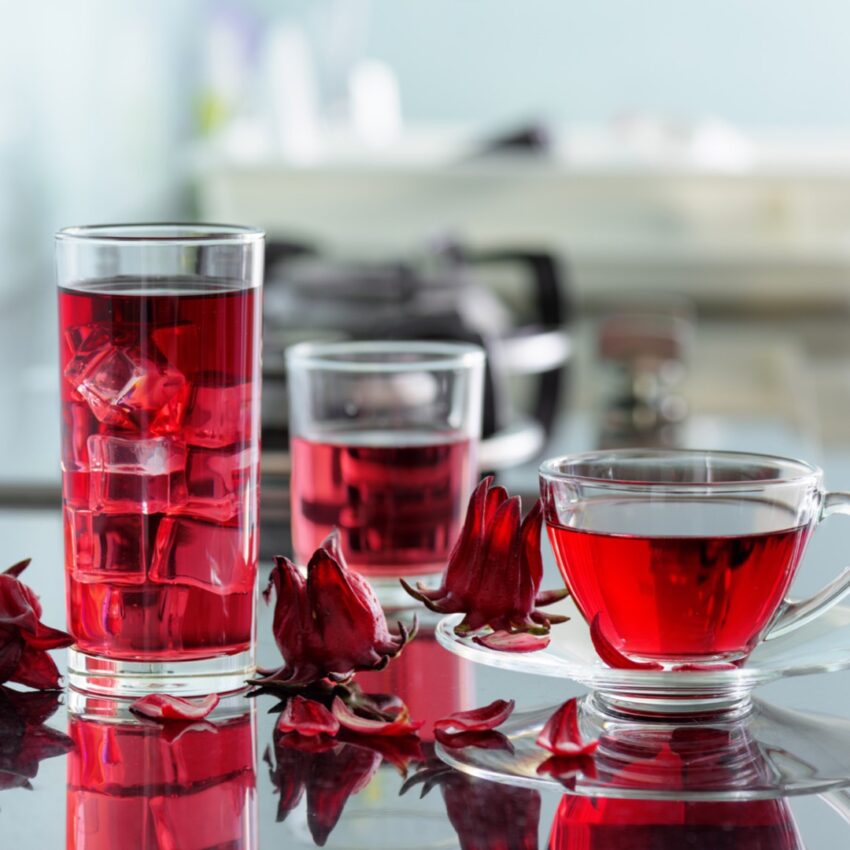
If you like my articles about cooking and gardening, subscribe to my weekly newsletter, where I share free recipes and gardening tutorials.


Excellent article! We’re zone 4. We overwinter dracena, tuberous begonias, potato vines in sunny room. Bedraggled but do come back outdoors in spring. 2 lg potted Hostas go in unheated garage. Do great. Lg bay tree wintered indoors for yrs until got diseased and died.
Thank you for sharing. I mostly grow edibles so it is good to hear about some of the other plants overwintering. My bay tree is still small, but I hope to get it large in a few more years. Sorry about the disease, but I understand it is almost inevitable with bay trees after a while.
I am in zone 4. Where do you buy your hibiscus and what type. How do I use it for tea and cooking.
I have only bought commercially produced Hibiscus tea and freeze-dried flowers.
I buy my hibiscus from a bulk spice and tea company in San Francisco called San Francisco Herb Company. They have wonderful products!